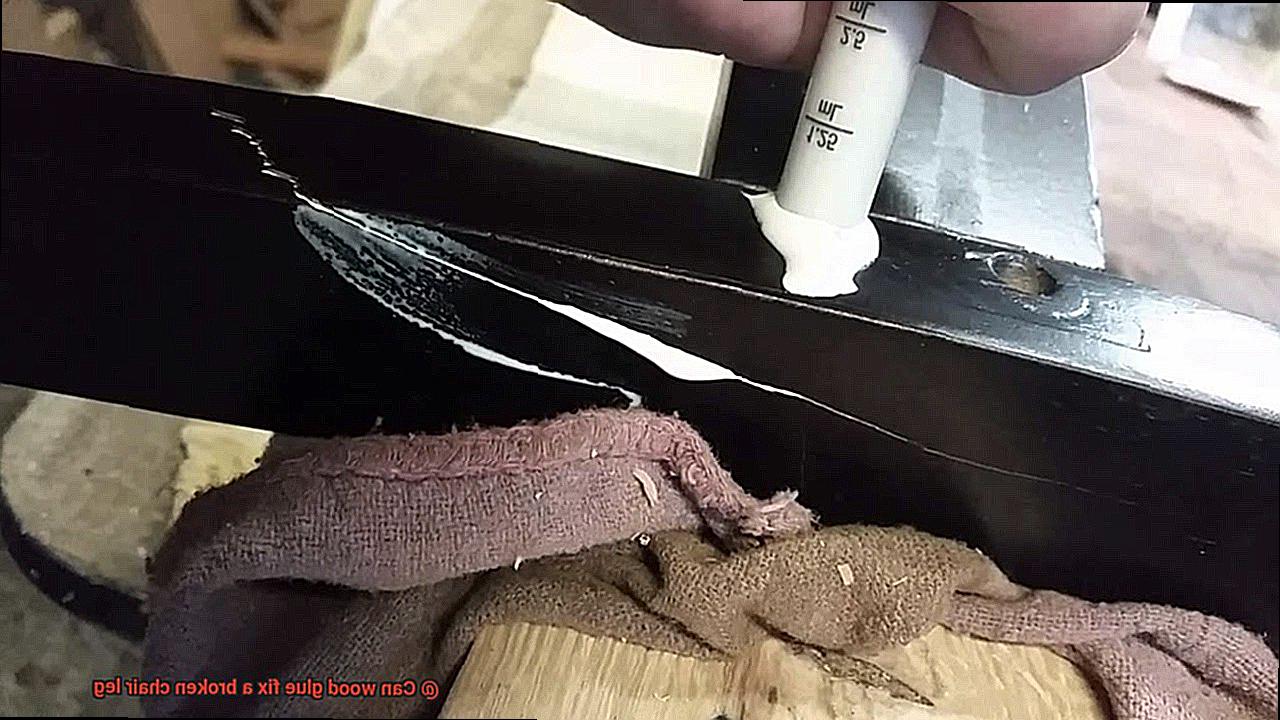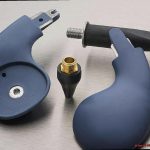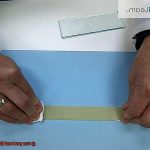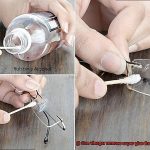As a woodworking enthusiast and handyman extraordinaire, I’ve encountered my fair share of busted furniture. And let me tell you, one secret weapon in the repair game is none other than wood glue. Yes, you heard me right – wood glue. This unassuming adhesive has the power to work wonders when it comes to fixing those wobbly chair legs, saving your hard-earned cash and beloved furniture pieces. In this blog post, I’ll spill the beans on how to use wood glue like a pro to mend that broken chair leg of yours.
First things first – take a good look at the damage. Is it a clean break or more of a jigsaw puzzle situation? If the pieces still fit together fairly well, consider yourself lucky – wood glue will make your life much easier. But if it’s more like a messy breakup with mismatched edges, we might need to do some finagling before busting out the glue.
Now gather your tools and materials. You’ll need some trusty wood glue (obviously), sandpaper for smoothing things out, clamps for applying pressure, a brush or small spatula for spreading the gooey goodness, and a clean cloth to wipe away any excess. Oh, and don’t forget fresh air – open up those windows so you don’t get high on fumes.
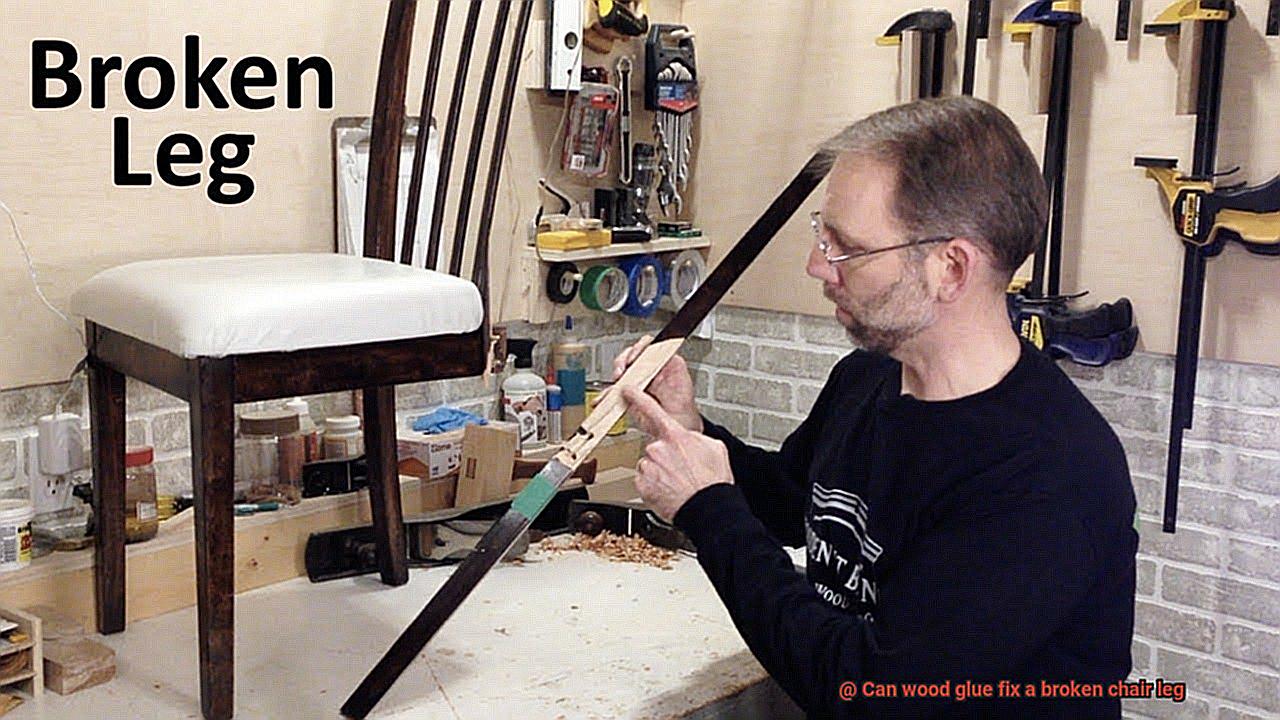
Start by giving those broken surfaces a light sanding. Smooth them down and remove any paint or finish that might be getting in the way of our adhesive wizardry. We want those surfaces squeaky clean for maximum bonding power.
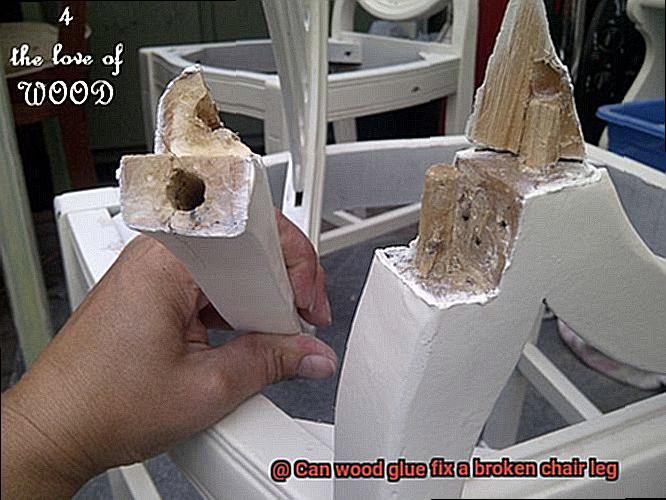
Once prepped, grab your brush or spatula and slather on a thin layer of wood glue onto both broken edges. Be generous but not excessive – we’re aiming for complete coverage without turning this into an arts-and-crafts project.
Now comes the fun part – carefully align those broken pieces, making sure they fit together snugly. The better the alignment, the stronger the bond. Once they’re in place, apply a gentle squeeze to push out any excess glue and ensure full contact between the broken edges.
To keep everything tight and secure, it’s time for clamps to step in. Wrap some cloth or paper around their jaws to protect your precious wood from any clamp-induced battle scars. If you don’t have clamps, no worries – get creative with ropes or sturdy bands to hold things together. Just make sure the pressure is evenly distributed across the
What is Wood Glue?
Contents
Wood glue, also known as carpenter’s glue or woodworking adhesive, is a remarkable substance that holds the world of woodworking together. Its unique properties and versatility make it an indispensable tool for professionals and DIY enthusiasts alike.
In this comprehensive guide, we will dive into the fascinating world of wood glue, exploring its composition, application techniques, and the myriad of ways it can be used to create strong, durable bonds in woodworking projects.
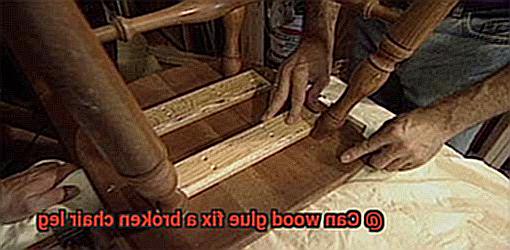
The Chemistry Behind Wood Glue
- Understanding the composition and structure of wood glue
- Key role of polymers, such as polyvinyl acetate (PVA)
- The science of how wood glue bonds with wood fibers
Types of Wood Glue for Every Application
- Yellow glue: the classic choice for woodworking projects
- White glue: versatile and ideal for general repairs and crafts
- Epoxy: the heavyweight contender for exceptional strength
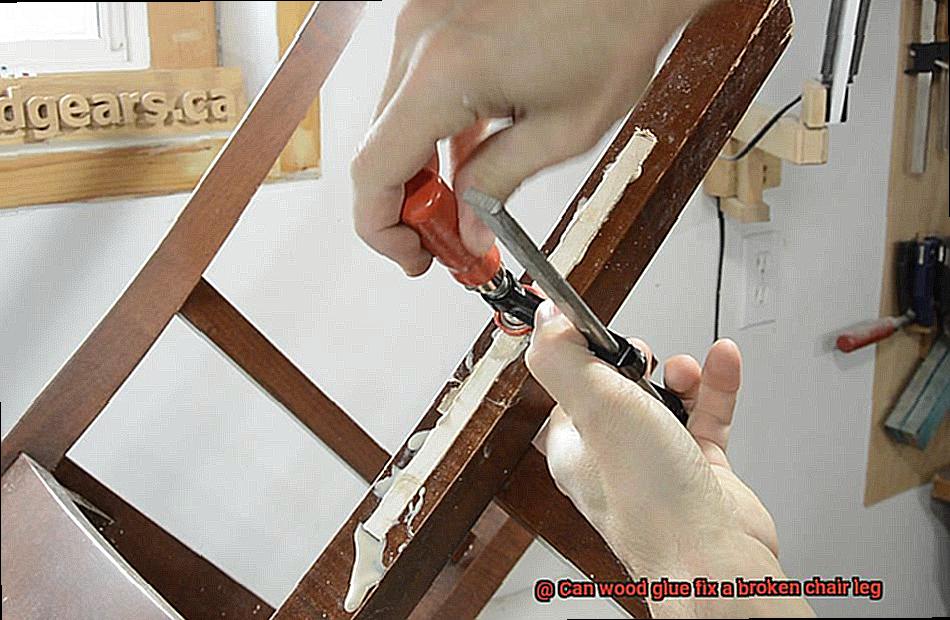
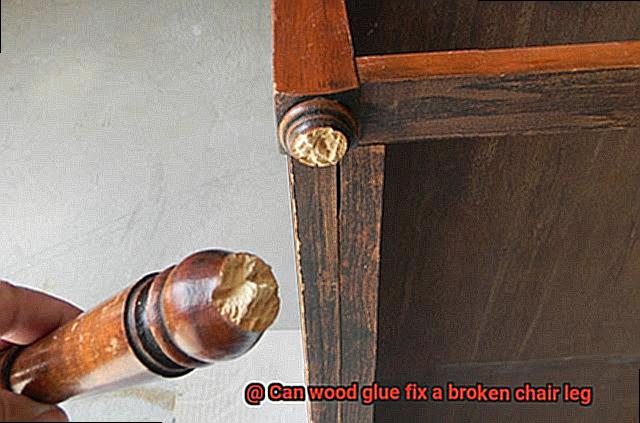
Unleashing the Power of Wood Glue
- Joining wooden pieces seamlessly with wood glue
- Repairing damaged furniture, chair legs, and cabinets with ease
- Constructing sturdy wooden frames and structures
Mastering the Art of Wood Glue Application
- Surface preparation: cleanliness is key to a successful bond
- Applying the right amount of glue for optimal adhesion
- Clamping techniques and drying time for maximum strength
Pushing the Boundaries: Wood Glue Limitations and Considerations
- Assessing the severity of damage in chair leg repairs
- Compatibility between wood types and adhesion capabilities
- Strengthening weak joints with additional reinforcement methods
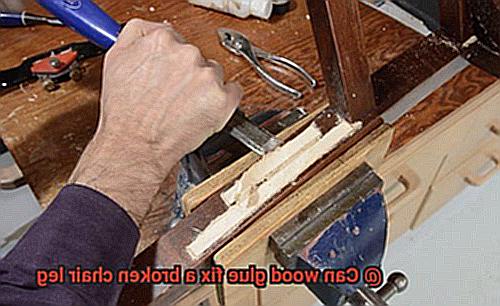
Factors to Consider When Repairing a Broken Chair Leg
Repairing a broken chair leg with wood glue can be a cost-effective and rewarding DIY project. However, before reaching for the wood glue, there are several factors that should be taken into consideration. In this article, we will explore the key factors to keep in mind when repairing a broken chair leg with wood glue.
Severity of the Break:
The severity of the break plays a crucial role in determining the feasibility of using wood glue for repair. A clean break where the leg is split into two pieces is generally easier to repair than multiple fractures or shattered wood. If the break is severe, seeking professional help or considering a leg replacement may be the best course of action.
Type of Wood:
Different types of wood possess varying properties and strengths, making it essential to consider the type of wood used in the chair leg. Hardwoods like oak or maple are known for their strength and durability, making them ideal candidates for repair with wood glue. On the other hand, softwoods like pine or cedar may be more prone to splitting and require extra care during repairs.
Age and Condition of the Chair:
The age and overall condition of the chair should not be overlooked when deciding on a repair method. If the chair holds sentimental value or is an antique, professional restoration might be a better choice than attempting a DIY repair. Similarly, if the chair is already unstable or shows significant wear and tear, a more comprehensive repair or replacement may be necessary.
Stability and Safety:
After repairing the chair leg with wood glue, it is crucial to assess its stability and safety. Consider factors such as weight-bearing capacity, activities the chair will be subjected to, and stress placed on the repaired leg. Reinforcing the repaired area with additional support, such as screws or dowels, can enhance long-term stability.
Skill and Experience:
Repairing furniture with wood glue requires skill, precision, and attention to detail. If you lack confidence in your abilities, it is advisable to consult a professional. Attempting a repair without the necessary skills can lead to further damage or an ineffective repair that won’t withstand the test of time.
Extent of Damage
We’ve all experienced that heart-wrenching moment when a chair leg breaks, leaving us wondering if it’s destined for the landfill. But fear not. With a little know-how and the right approach, you can repair that broken chair leg and have it back in action in no time. In this article, we’ll explore the extent of damage that wood glue can fix and discover how this humble adhesive can be your secret weapon in restoring your favorite piece of furniture.
Assessing the Extent of Damage:
Before diving into the repair process, it’s crucial to assess the extent of the damage. Minor cracks or splits caused by wear and tear, temperature changes, or moisture exposure are perfect candidates for a wood glue repair. These small separations can be effectively rejoined with the help of wood glue’s excellent bonding properties.
Reinforcing Severe Breakages:
However, if your chair leg has suffered a severe breakage with significant pieces separated or multiple breaks along its length, applying wood glue alone may not be enough. In these cases, additional reinforcement is crucial for a strong and durable repair.
Dowels or Wooden Pins:
One popular method for reinforcing severely damaged chair legs is using dowels or wooden pins. This involves drilling holes into both sides of the broken pieces and inserting dowels coated with wood glue. The dowels provide additional strength and stability to the repair, ensuring it can withstand regular use.
Metal Brackets or Corner Braces:
Another effective method is using metal brackets or corner braces. These sturdy metal components can be securely attached to both sides of the break using screws or nails, providing extra support and preventing further damage, especially in high-stress areas of the chair leg.
Understanding Limitations:
While wood glue can work wonders for minor to moderate damages, it’s important to recognize its limitations. Extensive damage or breaks in high-stress areas may require alternative solutions such as leg replacement or professional woodworking assistance. Additionally, certain types of wood with natural oils or resins might require surface treatment before applying wood glue for optimal adhesion.
Other Reinforcement Methods
Fear not, for there are numerous alternative reinforcement methods available that can restore your broken chair leg to its former strength and stability. While wood glue is a popular choice, it is just the tip of the iceberg. In this article, we will delve into a variety of innovative and effective reinforcement methods that can bring new life to your repaired chair leg.
Metal Braces or Brackets:
One powerful method for reinforcing a broken chair leg involves utilizing metal braces or brackets. Manufactured from durable steel or aluminum, these braces can be securely attached to the damaged area of the leg using screws or bolts. By distributing weight and pressure evenly throughout the leg, these metal reinforcements significantly enhance its strength and stability, making it capable of withstanding everyday use.
Wooden Dowels:
Another reliable option for fortifying a broken chair leg is the use of wooden dowels. These cylindrical rods made of wood are inserted into holes drilled in both sides of the damaged area. Acting as connectors, the dowels join the two pieces of wood together and provide added strength. For optimal effectiveness, wood glue can be used in conjunction with the dowels, creating a robust bond that ensures the repaired leg remains intact over time.
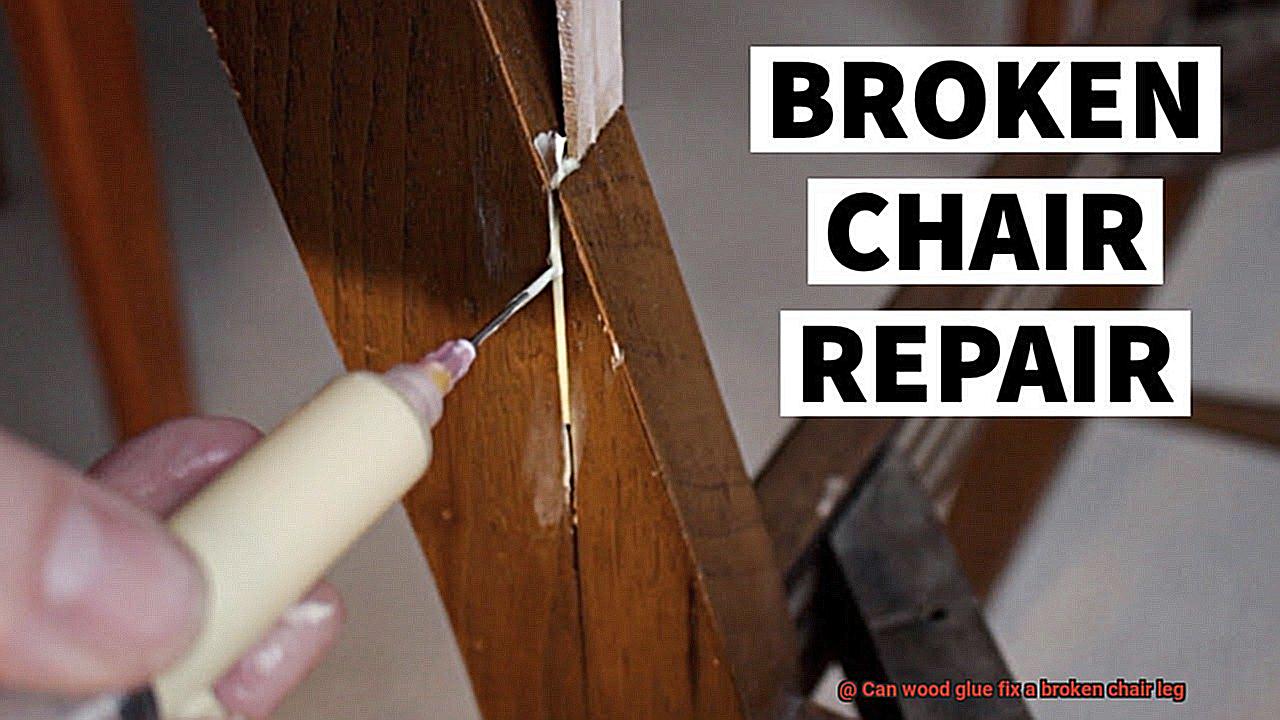
Epoxy Resin:
For those seeking an extra layer of reinforcement, epoxy resin is an excellent choice. Epoxy possesses formidable adhesive properties, capable of bonding different materials, including wood. Applying epoxy to the fractured area fills any gaps and creates a robust bond between the broken pieces. This method is often combined with other reinforcement techniques such as dowels or metal braces to provide maximum support.
Wooden Splints:
Intricate or delicate chair designs require special attention when reinforcing a broken leg. Wooden splints offer a perfect solution in such cases. These thin strips of wood can be glued or nailed onto the damaged area, effectively splinting it back together. Not only does this method provide additional support, but it also preserves the aesthetic integrity of the chair’s original design.
Type of Wood
When it comes to creating furniture that is both beautiful and durable, choosing the right type of wood is essential. The type of wood used can greatly impact the strength, longevity, and overall quality of the furniture piece. So, what type of wood is best for making furniture? Let’s dive in and explore the options.
- Hardwood: Hardwood is known for its durability and strength, making it a popular choice for furniture construction. Woods like oak, maple, cherry, and walnut are excellent choices for creating sturdy furniture that can withstand frequent use and support heavy weight. Hardwood has a tight grain pattern and greater density, allowing wood glue to penetrate the fibers and create a strong bond. This makes hardwood ideal for using wood glue to repair broken chair legs.
- Softwood: Softwood, such as pine, cedar, and spruce, is less dense than hardwood and more prone to dents and scratches. However, softwood is still widely used in furniture construction due to its affordability and availability. When using wood glue on softwood chair legs, it may not provide the same level of adhesion as hardwood due to its less dense nature and open grain structure. Additional reinforcement methods like dowels or screws may be necessary for a sturdy repair.
- Engineered Wood Products: Some furniture pieces may have legs made from a combination of solid wood and engineered wood products like plywood or particleboard. These materials offer the advantage of being more cost-effective while still providing stability and durability. However, when it comes to using wood glue for repairs on these types of legs, it’s important to consider the specific characteristics of the engineered wood product being used.
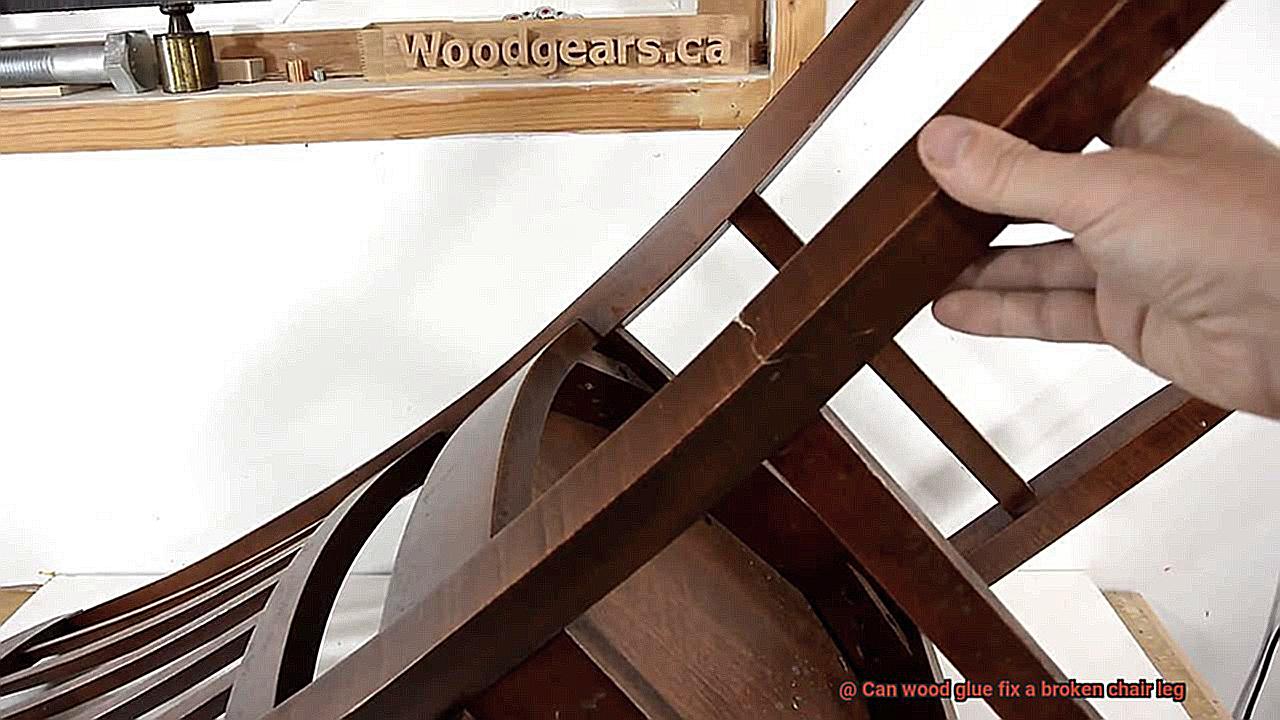
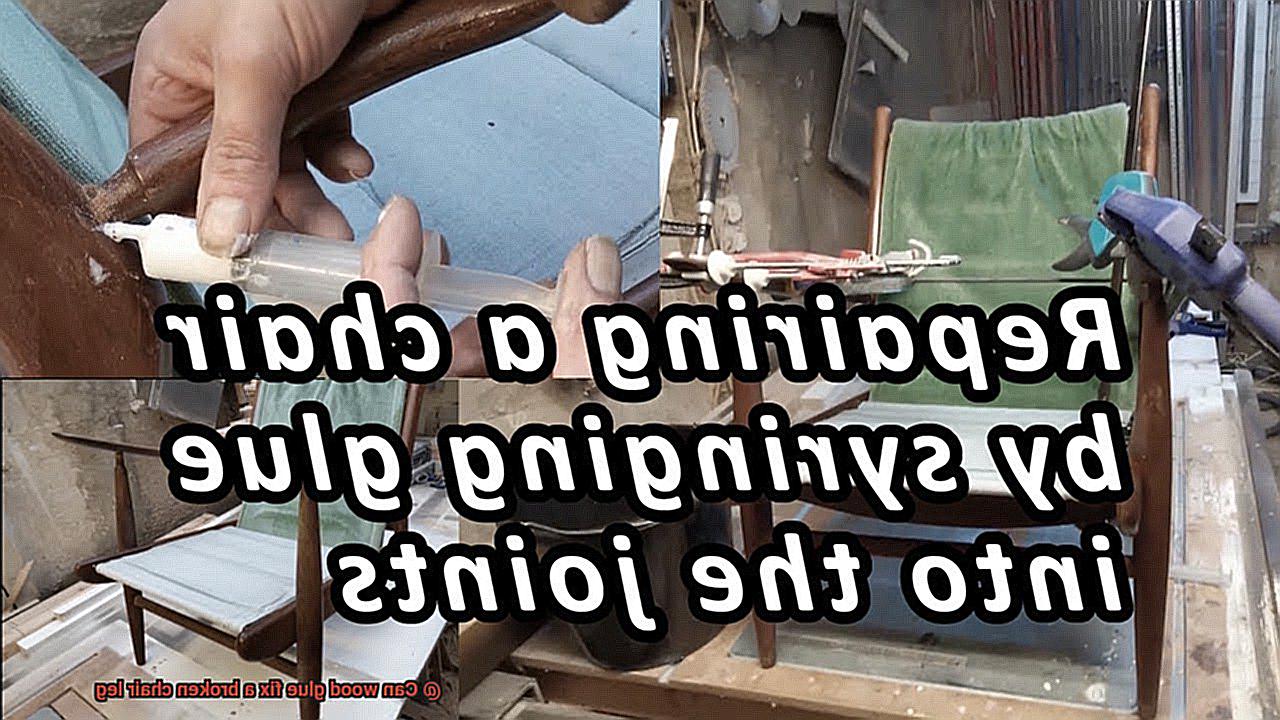
Application Techniques for Wood Glue
Today, we’re diving into the world of wood glue application techniques to help you successfully repair a broken chair leg. Whether you’re a seasoned woodworker or just starting out, this step-by-step guide will ensure your repair stands the test of time. So, grab your tools and let’s get started.
Step 1: Prepare the broken parts
To start, ensure the broken parts fit together perfectly. Take time to sand or shape the edges for a snug fit. Clean the surfaces thoroughly to eliminate any dirt or debris that could hinder bonding.
Step 2: Apply a thin layer of wood glue
Remember, less is more when it comes to wood glue. Apply a thin, even layer of glue to both surfaces using a brush or your finger. Avoid excessive application, as it will create a messy appearance once it squeezes out.
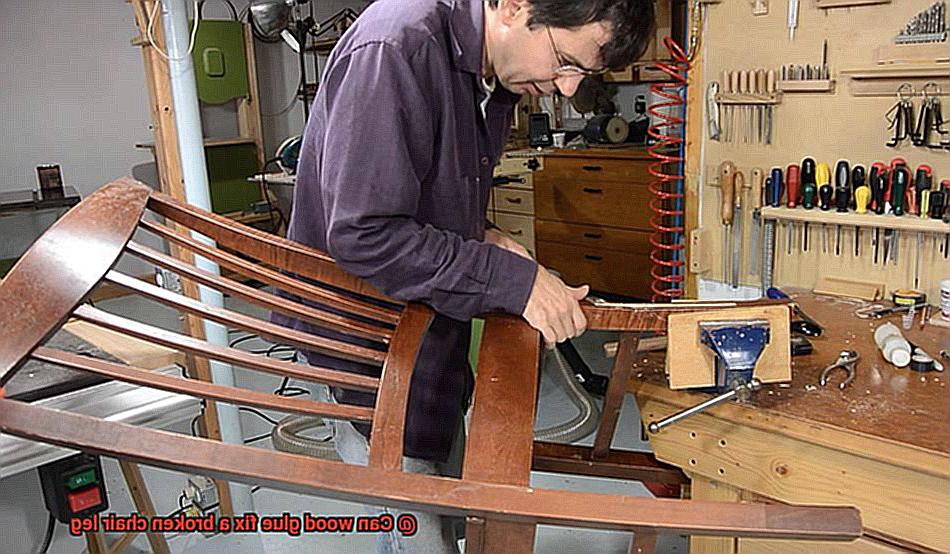
Step 3: Press firmly and align
Once glued, press the broken parts together firmly. Maintain alignment and even pressure by using clamps or weights while the glue dries. No unsightly gaps should be visible.
Step 4: Allow ample drying time
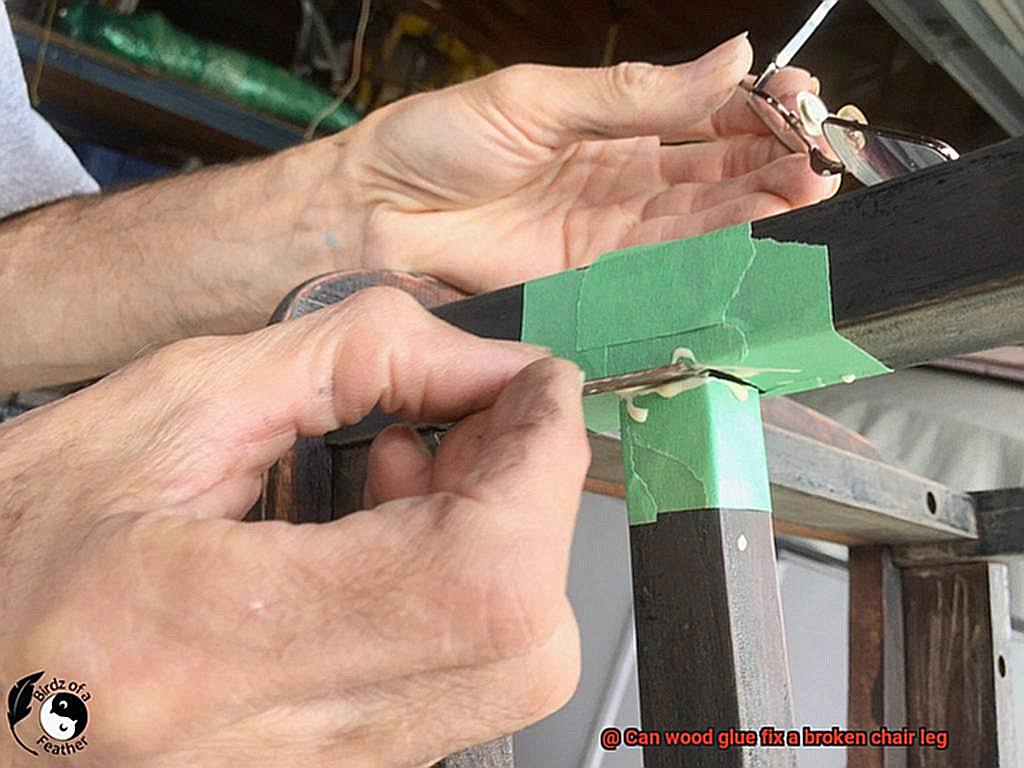
Respect the manufacturer’s instructions on drying time. Patience is key. Allow the glue to fully cure before subjecting the chair leg to stress or weight.
Step 5: Remove excess glue
After drying, gently remove any excess that squeezed out during application. Achieve a smooth finish using a putty knife or sandpaper.
Step 6: Reinforce for added strength (optional)
For extra stability and durability, consider reinforcing with dowels or screws in conjunction with wood glue. These measures provide additional support and prevent future breakages.
Compromised Structural Integrity
Compromised structural integrity is a critical issue that affects the stability and functionality of structures, such as the legs of a chair. When a structure suffers damage or weakness, its ability to support weight and withstand use becomes compromised. In the case of a broken chair leg, it’s like a crack in the armor of your favorite superhero – it weakens the entire structure and puts its stability at risk.
Wood glue is a popular adhesive used for repairing broken furniture, including chair legs. It creates a strong bond between wood surfaces and provides a durable connection. However, the success of using wood glue to fix a broken chair leg depends on several factors.
Firstly, the severity of the damage plays a crucial role. If the chair leg has multiple fractures or its structural integrity is severely compromised, wood glue alone may not be sufficient to restore it. In these cases, additional reinforcement techniques are necessary.
Reinforcement techniques, such as using wooden dowels or splints, provide extra support and strengthen the joint. By distributing weight and stress evenly across the repaired area, they reduce the risk of further damage or failure. Think of it as giving your chair leg some backup to ensure it stands tall and proud.
Another factor to consider is the type of wood being used. Different woods have varying densities and porosities, which affect how well they bond with glue. Some woods may require special treatment or preparation before applying glue to ensure a strong and long-lasting repair.
Proper application techniques are also essential for a successful repair. Clean and dry surfaces, an even layer of glue, and secure clamping until the glue sets are all key steps in maximizing adhesive strength. Following these guidelines increases your chances of restoring the compromised structural integrity of the chair leg.
Assessing Stability After Repairing the Leg
Now, it’s time to ensure that your repair job is solid as a rock. You certainly don’t want any unpleasant surprises when you sit down to relax or enjoy a meal. Assessing the stability of your repaired leg is paramount for your safety and the longevity of your chair.

Start by giving the repaired leg a thorough visual inspection. Examine it closely for any signs of gaps or cracks in the glue joint. Visible gaps could indicate a weak bond, suggesting that the repair might not hold up over time. In such cases, you may need to consider reapplying glue or exploring other reinforcement options.
Next, it’s time to put some pressure on that repaired leg. Gently push and pull on it to test its security. If you notice any movement or wobbling, it’s a clear indication that the repair may not be stable enough. Additional reinforcement, such as more glue or even screws and dowels, may be necessary to bolster the leg’s strength.
Now comes the ultimate test – sit on that chair. Apply some weight and observe how the repaired leg holds up. If you feel any flexing or bending, it’s a telltale sign that the repair may not be sufficient. A saggy chair is far from ideal when you’re trying to unwind or savor a delicious meal.
Don’t forget to take into account the type of wood used in your chair leg and its compatibility with glue. Some woods have difficulty bonding, so ensure that you choose an appropriate wood glue for your specific type of wood.
If you still have doubts about the stability of your repair job, seeking advice from a professional or an experienced individual in woodworking or furniture repairs is always wise. They can provide valuable insights and guidance to ensure that your chair is safe and sturdy.
Lastly, remember that regular maintenance and care can go a long way in preventing future damage to your chair legs. Avoid subjecting them to excessive weight or stress, and regularly check for any signs of wear or weakness that may require repair or reinforcement.
81xrkjRmbJw” >
Conclusion
Yes, wood glue can indeed fix a broken chair leg. It is a simple and effective solution that can save you from the hassle of buying a new chair or hiring a professional for repairs. With just a few easy steps, you can restore your chair to its former glory.
Firstly, gather all the necessary materials: wood glue, clamps, sandpaper, and a clean cloth. Make sure the broken pieces fit together perfectly before applying any glue. If there are any rough edges or splinters, use the sandpaper to smooth them out.
Next, apply a generous amount of wood glue to both surfaces of the broken leg. Spread it evenly with a brush or your finger, ensuring complete coverage. Then carefully press the pieces together and hold them firmly in place.
To ensure a secure bond, use clamps to hold the leg in position while the glue dries. This will prevent any movement during the drying process and guarantee a strong joint. Leave it undisturbed for at least 24 hours to allow ample time for the glue to set properly.
Once the glue has dried completely, remove the clamps and inspect your handiwork. If there are any excess glue residues, gently wipe them away with a clean cloth dampened with warm water.
Now your chair leg should be as good as new. However, it’s important to note that wood glue is not suitable for all types of breaks or damage. If your chair leg is severely cracked or splintered beyond repair, it may be necessary to seek professional assistance or consider replacing the entire leg.
In conclusion, wood glue can be an effective solution for fixing a broken chair leg if used correctly. It is an affordable and convenient option that allows you to restore your furniture without much hassle.

